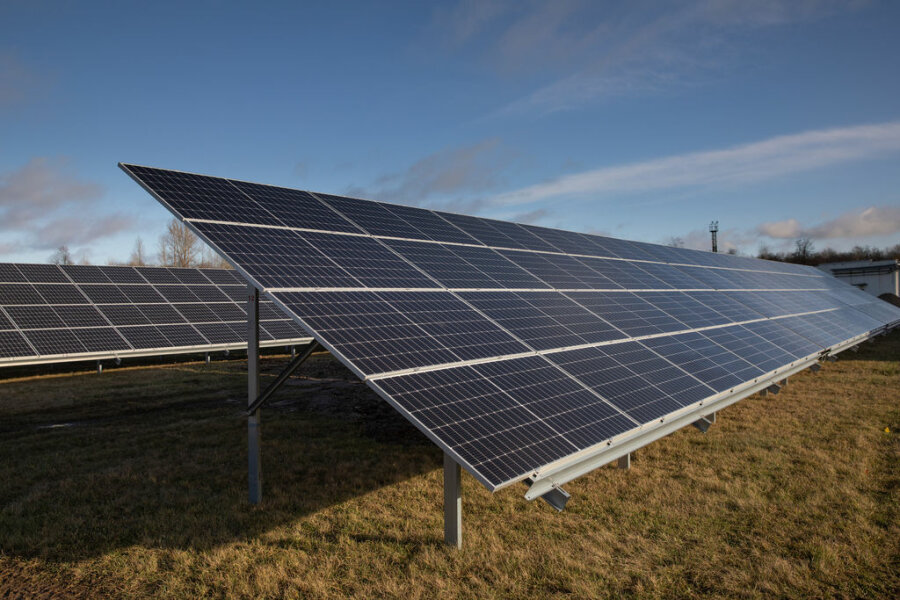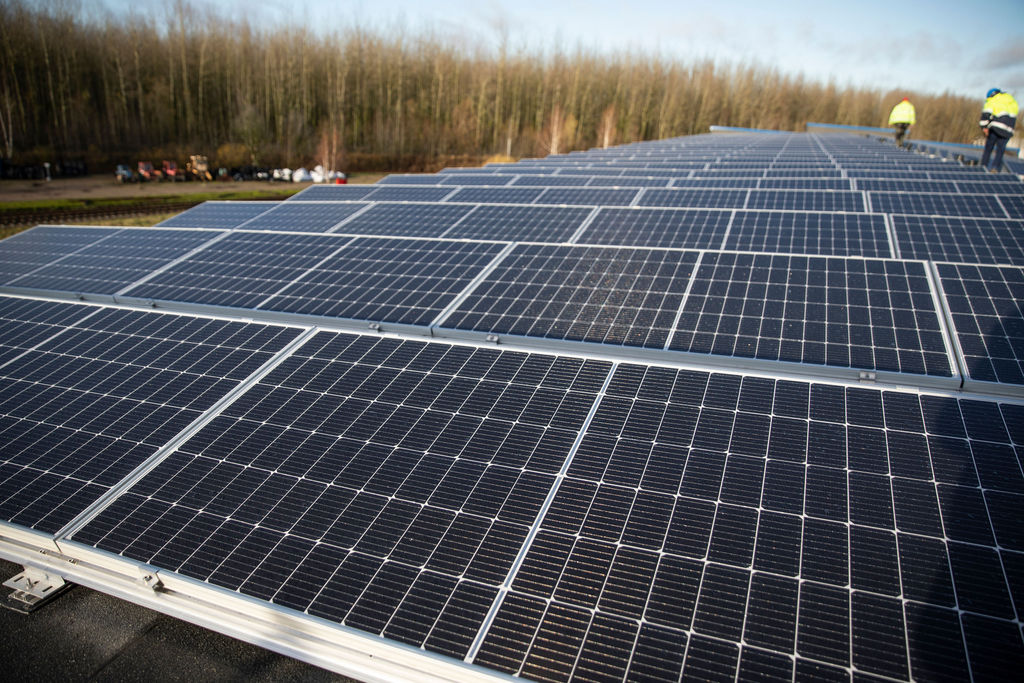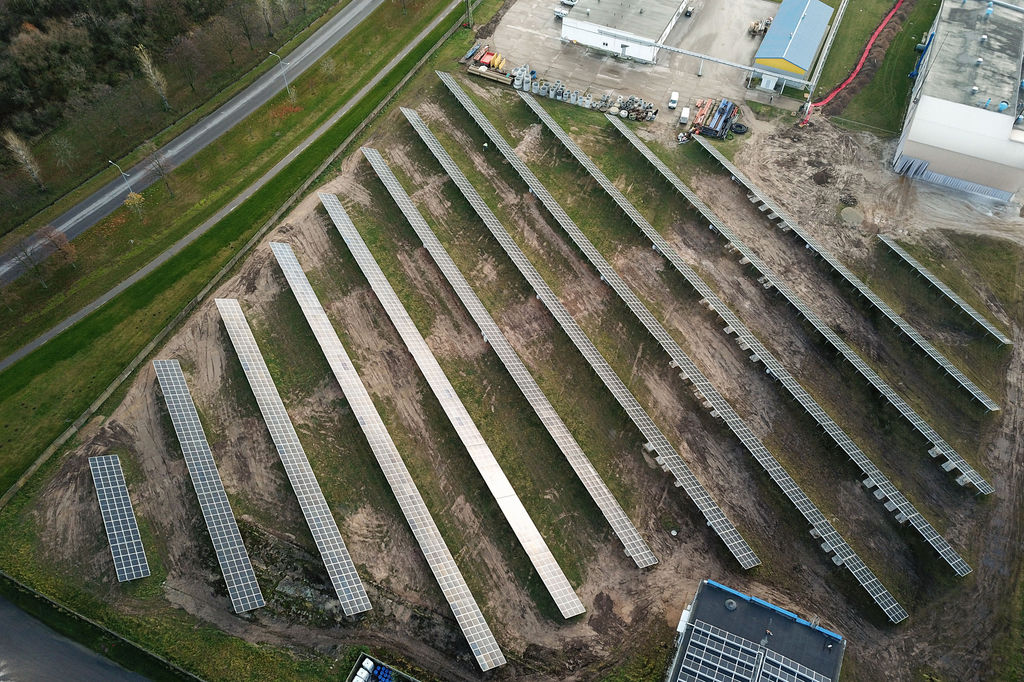
1 MW solar power plant has started its operations at Lifosa
Lifosa will use the electricity generated by the new solar power plant for its internal purposes. Currently the company purchases an additional 16 GWh of electricity per year. The electricity generated by the solar power plant will account for almost 6 percent of this amount.
The power plant was included in the company's investment plans a year ago. In assessing the need for this project, Lifosa's specialists took into account the fact that the amount of electricity purchased from independent electricity suppliers tends to increase. 18 GWh of electricity was purchased this year.
"Over the last few years, with the emergence of new production workshops in the plants, the demand for steam has also increased. This means that when more steam is used in production, less is left for electricity generation and a larger shortfall of it has to be purchased from independent electricity suppliers. The new power plant will allow to meet the increased energy needs by applying sustainable, environmentally friendly solutions,” says Evaldas Šerelis, Director of Production Maintenance Service of AB Lifosa.

The new divisions mentioned by him are the workshop producing high-quality soluble monoammonium phosphate fertilizers, which started operating in 2017, and the division where soluble urea phosphate fertilizers and produced, which started its operations in 2018.
The implementation of the solar power plant project started in August of this year. A total of 2,272 solar modules were installed during the installation of the power plant. Two sites were planned for the installation of the power plant in the territory of the plant. Most of the power plant is located on a two-hectare land plot, the remaining modules are installed on the roof of one plant building. The total surface area of all solar modules amounts to almost 5,000 square metres. All design and construction works were performed by the general project contractor UAB GreenGenius.
"With all our solutions and investments, we aim to increase production efficiency, productivity and sustainability. By supplying electricity from renewable sources, we contribute to creating a positive impact on the environment and achieving the goals of the European Green Deal. This is extremely important both for us and for our customers and partners around the world,” notes Rimantas Proscevičius, Technical Director of AB Lifosa.
According to him, the company has been using alternative methods of electricity and heat production for many years. As early as 1998, the technological heat released during the production of sulfuric acid was used to heat the objects of Kėdainiai city. After the reconstruction of the sulfuric acid production workshop in 2000, the production of electricity from the steam generated in the production of sulfuric acid was started. With the introduction of a heat recovery system in the sulfuric acid production plant in 2007, low-potential process heat was also used in heat and electricity production.
Currently, AB Lifosa produces about 250 million kWh of electricity and supplies about 100 thousand MWh of heat energy per year to the city of Kėdainiai. In order to produce such an amount of energy in Lithuanian power plants and boiler houses, over 70 million cubic metres of natural gas should be burned, which would result in emissions of pollutants and greenhouse gases into the environment.

Find out more about the recent project by watching this video:

